People are always affected by many environmental factors around them, of which light is one of the most important factors, directly affecting work productivity as well as the quality of daily life. However, not all light sources are safe and effective. Using inappropriate or substandard light can cause many negative consequences. This has led to a worrying problem today: The use of substandard light, causing a series of serious effects that users often ignore.

Proper lighting is an important step in improving the quality of life.
I. What is a non-standard light?
Non-standard light or substandard light is a type of light that does not meet the basic technical criteria of light intensity, color quality, stability and efficiency. Some common manifestations include:
- Inappropriate brightness : the light of the lamp is too strong or too weak compared to the actual needs of the space used.
- Wrong light color : light color is too yellow, too blue or off-tone, causing discomfort.
- Unstable light : flickering, flickering, and intermittent light phenomena occur frequently.
- Uneven light distribution : the light is not uniform, causing distinct light and dark areas.
- Rapid brightness degradation over time: the light output of the lamp is significantly reduced after a period of use and the rate of deterioration is faster than normal.

Light that is too strong forces the eyes to adjust strongly to avoid glare. Light that is too weak forces the eyes to adjust continuously to see clearly.
The main causes of substandard lighting include:
- Using poor quality LED chips.
- Driver (power supply) is unstable.
- Non-standard components.
- Design not suitable for the environment of use.
- Weak power source or unstable electrical system in the house.
In particular, there is no shortage of poor quality lamps being sold in the market today, especially on e-commerce platforms. A common trick is to misrepresent technical specifications to deceive consumers. For example, a light bulb is advertised as having a capacity of 20W but the actual capacity is only 10-14W. In addition, other important indicators such as the Color Rendering Index (CRI) are often substandard. This is a direct result of dishonest manufacturers, unfair competition and non-compliance with state quality regulations.
II. Harmful effects of substandard lighting
Light from lamps, when not meeting technical standards, can cause many negative impacts far beyond what consumers usually think. Not only affecting eyesight, mood or work performance, substandard lighting also poses many potential safety and environmental risks. Below are typical harmful effects that need to be clearly identified to avoid long-term consequences.
1. Effects on vision and visual health
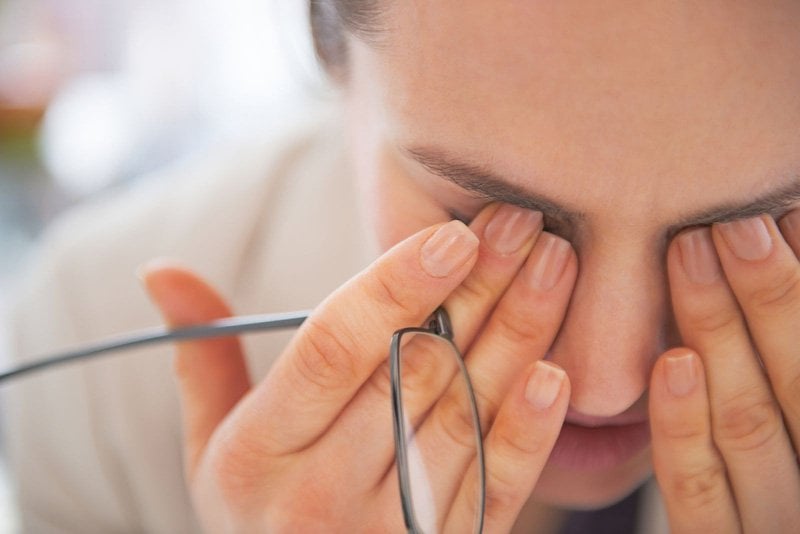
Continuous exposure to substandard light can increase the risk of eye diseases.
Light of inappropriate intensity (too strong or too weak) forces the eyes to constantly adjust, leading to eye fatigue, headaches and vision loss over time. According to the recommendations of the World Health Organization (WHO), light in the learning and working environment should reach 300-500 lux to ensure visual safety, especially for children.
2. Affects mood and work productivity

Choosing the right lighting is an important factor in maintaining productivity and morale.
Light with incorrect color destroys the natural feeling of space, making people in the room feel uncomfortable, stressed, and lose concentration. In the office or classroom, incorrect light also reduces the ability to work and absorb. In addition, lamps with low color rendering index (CRI) do not show the true color of objects, affecting psychology and visual experience.
3. Wastes electricity and increases usage costs
When the light is not bright enough or the color is wrong, users are forced to turn on more lights or use more supporting devices, thereby increasing power consumption without improving lighting efficiency. In addition, poor quality lights often have a short lifespan and must be replaced frequently, causing time and maintenance costs.
4. Increased risk of electrical safety
Substandard lighting may use poor quality components, leading to overheating, short circuits or fires if installed in unsuitable spaces such as wooden ceilings, close to curtains, or in enclosed areas. This is a serious electrical safety risk, especially in civil works, offices and houses.
5. Environmental pollution
The constant need to replace poor quality lamps creates a large amount of electronic waste, including LED chips, printed circuit boards and plastic casings that are not easily decomposed. If not disposed of properly, this waste will contribute to soil, water and air pollution, with long-term impacts on the ecosystem.

According to research by the Institute of Science , Technology and Environment, the whole country generates about 100,000 tons of electronic waste each year.
Make the right choice for health, safety and quality of life
Incorrect lighting is not just a small technical problem, but the root cause of many serious consequences related to health, psychology, productivity, living costs and the environment.
To avoid the above harmful effects, consumers need to choose lamps from reputable brands, carefully read the technical specifications (actual power, CRI index, lifespan, luminous efficiency, etc.), and ensure proper installation. Quality lighting is an important part of quality of life - you cannot save money by trading off.
Choose standard, safe and reputable lights at Hoa Sen Home Construction Materials and Interior Supermarket System
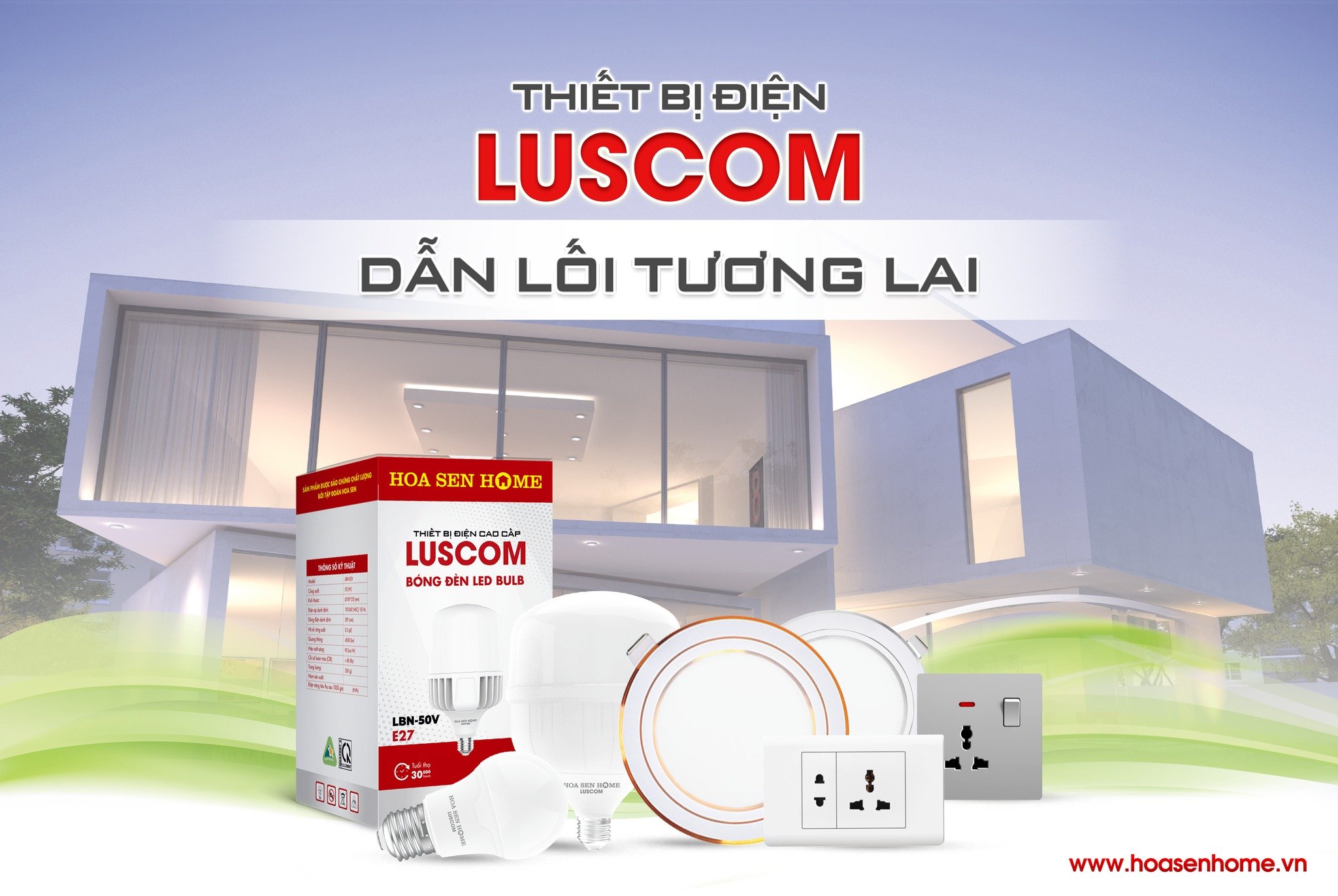
With a commitment to providing quality electrical equipment, Hoa Sen Home Construction Materials and Interior Supermarket System brings the Luscom electrical equipment brand, genuine and reputable, with transparent technical specifications, meeting all strict standards... Here, you can easily find suitable lighting equipment for each space, from homes, offices to public works.
Explore Luscom Electrical Equipment products at Hoa Sen Home Construction Materials and Interior Supermarket System nationwide, or shop easily through website hoasenhome.vn and Hoa Sen Home's e-commerce platforms to enjoy many attractive promotions.
HOA LOTUS GROUP
Source: https://hoasengroup.vn/vi/bai-viet/lighting-not-standard-new-de-doa-am-tham-den-suc-khoe-va-chat-luong-cuoc-song/
















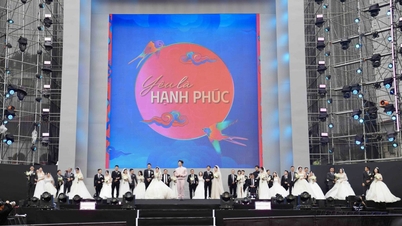
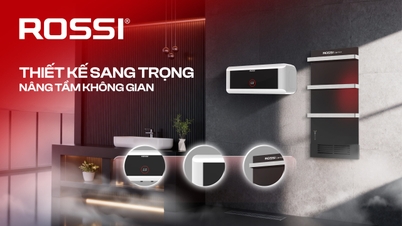
















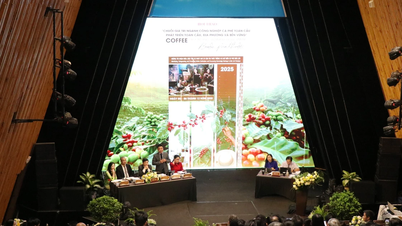



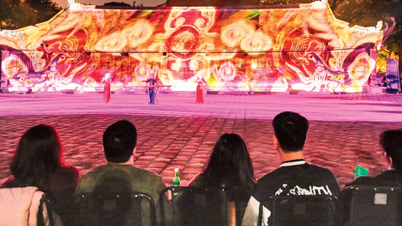


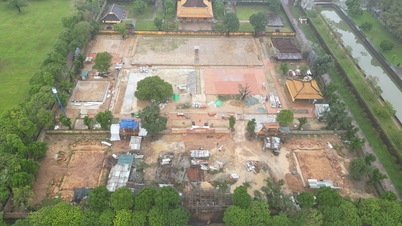
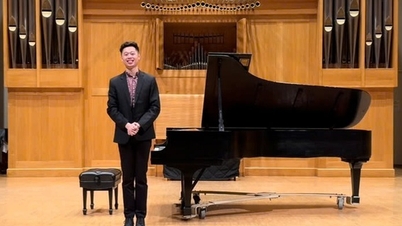















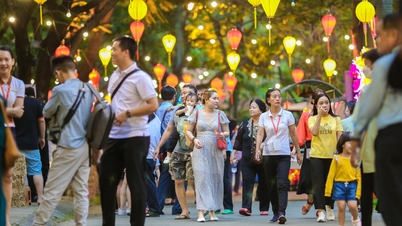


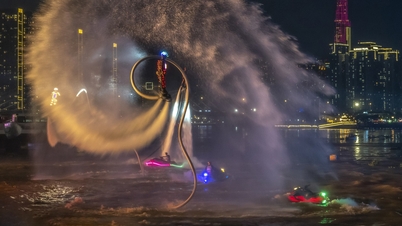


















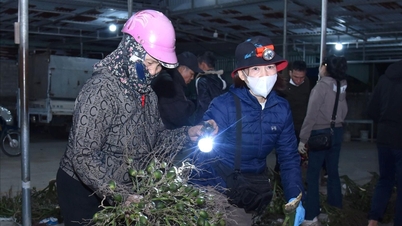















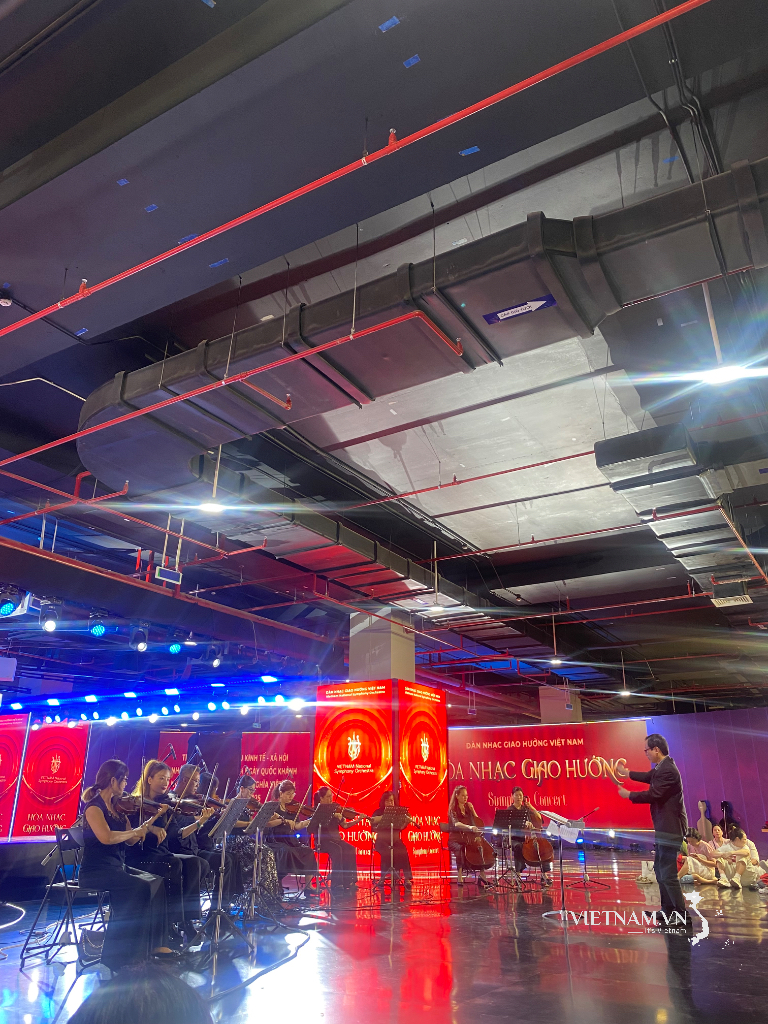






Comment (0)